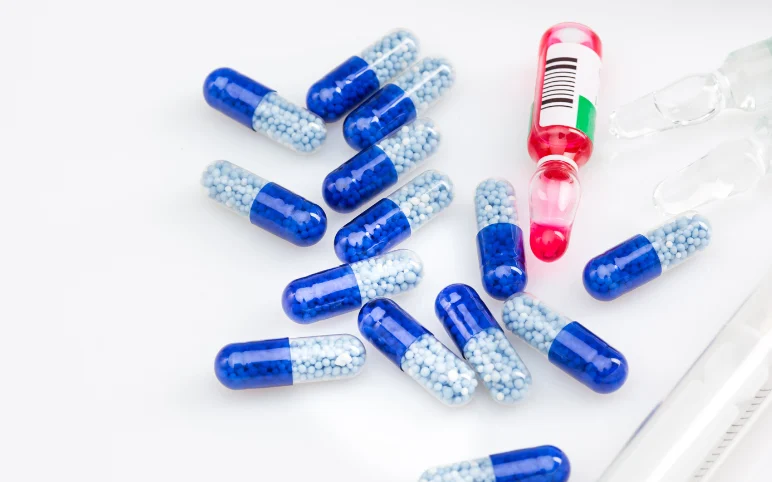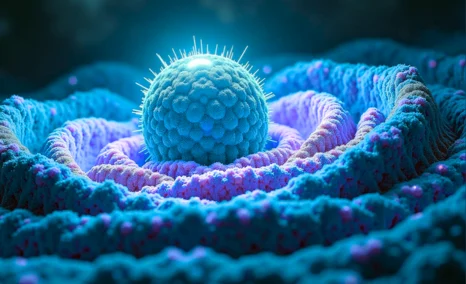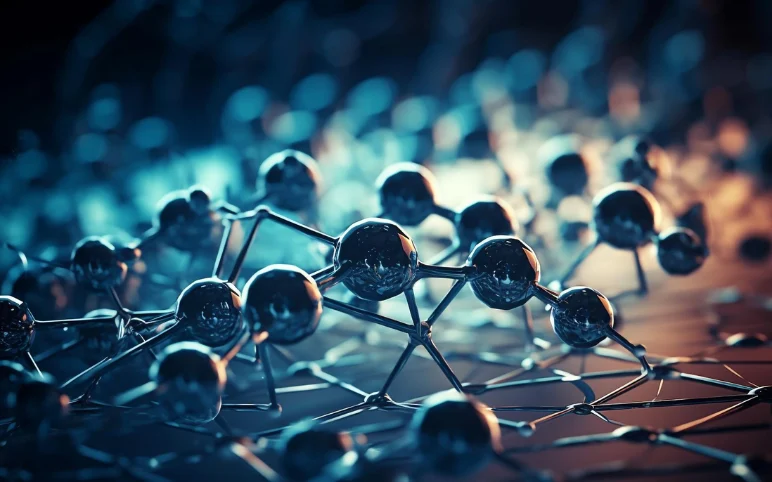7 Most Common Myths About Breast Cancer Demystified
Aug 13, 2024
Table of Contents
Every year during Breast Cancer Awareness Month, numerous campaigns aim to raise awareness about breast cancer, its symptoms, early diagnosis, and treatment options. Significant progress has been made in managing breast cancer, assessing its risks, and treating it through a combination of surgery, radiation, and other therapies. Over the past decades, heightened awareness has brought breast cancer into open discussions. A wealth of information is available on the Internet and in books to help those affected gain proper knowledge and cope with the disease. However, while many strive to share credible information, there are also sources that disseminate myths about breast cancer symptoms, leading to widespread misconceptions. These myths and false notions can misguide people, leaving them vulnerable and misled. Understanding the myths and facts of breast cancer is essential for making informed decisions and supporting those affected by this condition.
Here are some of the myths and misconceptions revolving around breast cancer.
Downloads
Click Here To Get the Article in PDF
Recent Articles
- New Therapeutic advances that have shifted the Breast cancer market scenario
- How CDK4/6 Inhibitors Are Changing the Cancer Treatment Paradigm?
- Top 10 Expected Oncology Drug Launches in 2023
- HiFiBio raises USD 67 M; FDA drafts new guidelines for Breast cancer trials; Harbour BioMed teams...
- Eli Lilly’s Jaypirca Approval; Novartis’ Adakveo EMA Review; Janssen’s CARTITUDE-4 Study of CARVY...
Breast Cancer Always Forms A Lump
A common myth about breast cancer is that lumps or masses in the breasts are the only indicators. While breast cancer lumps are a significant sign, they are just one of many potential symptoms. Beginning breast cancer can also manifest through other warning signs, such as bloody nipple discharge, skin discoloration, and scaly or textured changes around the nipples. Additionally, symptoms like nipple retraction, dimpling, and swelling can signal the presence of breast cancer. It’s essential to recognize these various signs, but a definitive diagnosis can only be made through comprehensive diagnostic tests. Staying informed and vigilant about these diverse symptoms is crucial for early detection and effective treatment.
Men Don’t Get Breast Cancer
Breast cancer in men isn’t usual, but it does happen! Every human being is born with some breast cells and ducts beneath the surface of nipples. Upon puberty in women, female hormones facilitate the development of breasts. In males, the development of breasts does not occur due to the absence of the hormones responsible for it. Even then, males can develop breast cancer. Although it is a rare phenomenon, around 1% of all breast cancer in the US develops in men.
Antiperspirants and Deodorants Cause Breast Cancer
Antiperspirants and deodorants have aluminum-based ingredients in their composition, and they are usually sprayed under the armpits or areas that are relatively close to the breasts. The chances of getting diagnosed with breast cancer increase with the use of antiperspirants and deodorants; however, this is a misconception. Epidemiological studies have shown that there exists significant evidence that can establish any form of link between the use of deodorant and antiperspirant and breast cancer.
Injury or Trauma to the Breast can Cause Breast Cancer
Injuries due to accidents, physical force, or restraints can cause trauma to the breasts and can result in severe side effects such as tearing, scarring, and straining of mammary ducts; however, “the injury can lead to breast cancer” is one of the biggest myths. There is no available evidence or link that states the relationship between injury and breast cancer. A lump after a physical injury can mean fat necrosis or hematoma.

If a Lump is Cancerous, Mastectomy is the Only Option
Research has advanced to magnanimous levels and has opened doors to several treatment options for breast cancer. Thus, mastectomies are not the only choice for women diagnosed with the disease. Many women choose mastectomy in hopes of eliminating cancer with a zero percent chance of relapse. However, it is crucial to explore all available options, including chemotherapies, radiation therapies, and other surgical approaches like breast-conserving surgeries or lumpectomy. Chemotherapy offers a broad approach by targeting cancer cells throughout the body, while radiation therapy focuses on destroying cancer cells in a specific area, often used after lumpectomy to reduce the risk of recurrence. Each treatment option should be carefully considered to create a personalized plan that maximizes the chances of successful treatment and preserves quality of life.
Having Silicone Breast Implants Increases the Chance of Breast Cancer
Breast implants, whether saline or silicone-based, do not cause breast cancer. Extensive research, including a meta-analysis by Hoshaw SJ and colleagues, has found no evidence linking breast implants to an increased risk of breast cancer. The data indicates that implants themselves do not possess carcinogenic properties. However, there is a notable exception: breast implant-associated anaplastic large cell lymphoma (BIA-ALCL), a rare immune system tumor, has been linked to breast implants. The FDA has highlighted this risk, estimating that BIA-ALCL affects between 1 in 3,817 and 1 in 30,000 women with breast implants. According to DelveInsight’s analysis, The prevalence of ALCL is low, comprising about 1% of all non-Hodgkin lymphomas and 16% of T-cell lymphomas. While breast cancer risk remains unaffected, awareness of BIA-ALCL is crucial for those with implants, underscoring the importance of ongoing monitoring and consultation with healthcare professionals.
Stress can Cause Cancer
It is a popular myth among women that stress and anxiety cause a lot of diseases, including breast cancer. However, there is no scientific rationale that proves a link between psychological stress and breast cancer. The same was demonstrated by a study that investigated the role of psychological stress in causing breast cancer in a cohort of 106,000 women in the United Kingdom by Minouk J. Schoemaker et al. The study revealed no consistent evidence for an association of breast cancer risk due to perceived stress levels or adverse life events.
Conclusion
In today’s world, staying informed is like navigating a vast ocean of information, where credible sources are beacons guiding us through the storm. While the internet makes it easy to uncover the latest news, it also opens the door to a deluge of misinformation. Just as wildfire spreads with a gust of wind, myths about breast cancer and other falsehoods can quickly ignite across social media and websites, creating confusion and panic.
The challenge is distinguishing between fact and fiction in a sea of data. Motivations behind misinformation vary, from political agendas to personal gain, and can sometimes be as simple as spreading gossip. A striking example of this was the torrent of rumors during the coronavirus pandemic, where false claims ran rampant.To navigate these choppy waters, it’s essential to rely on expert advice and credible sources. By steering clear of the siren songs of myths about breast cancer and misinformation, and anchoring ourselves in verified facts, we can make well-informed decisions and keep ourselves safe from the currents of deceit.

Downloads
Article in PDF
Recent Articles
- Notizia
- Edwards’ Sapien 3 with Alterra Prestent; Koios Medical’s breast, thyroid cancer-spotting AI; Line...
- New Asundexian Phase III Study Result; Zibotentan/Dapagliflozin Combination Demonstrated Signific...
- Bayer’s New Cardiology Drug Acoramidis; Two Datopotamab Deruxtecan Applications Validated in the ...
- New Therapeutic advances that have shifted the Breast cancer market scenario



